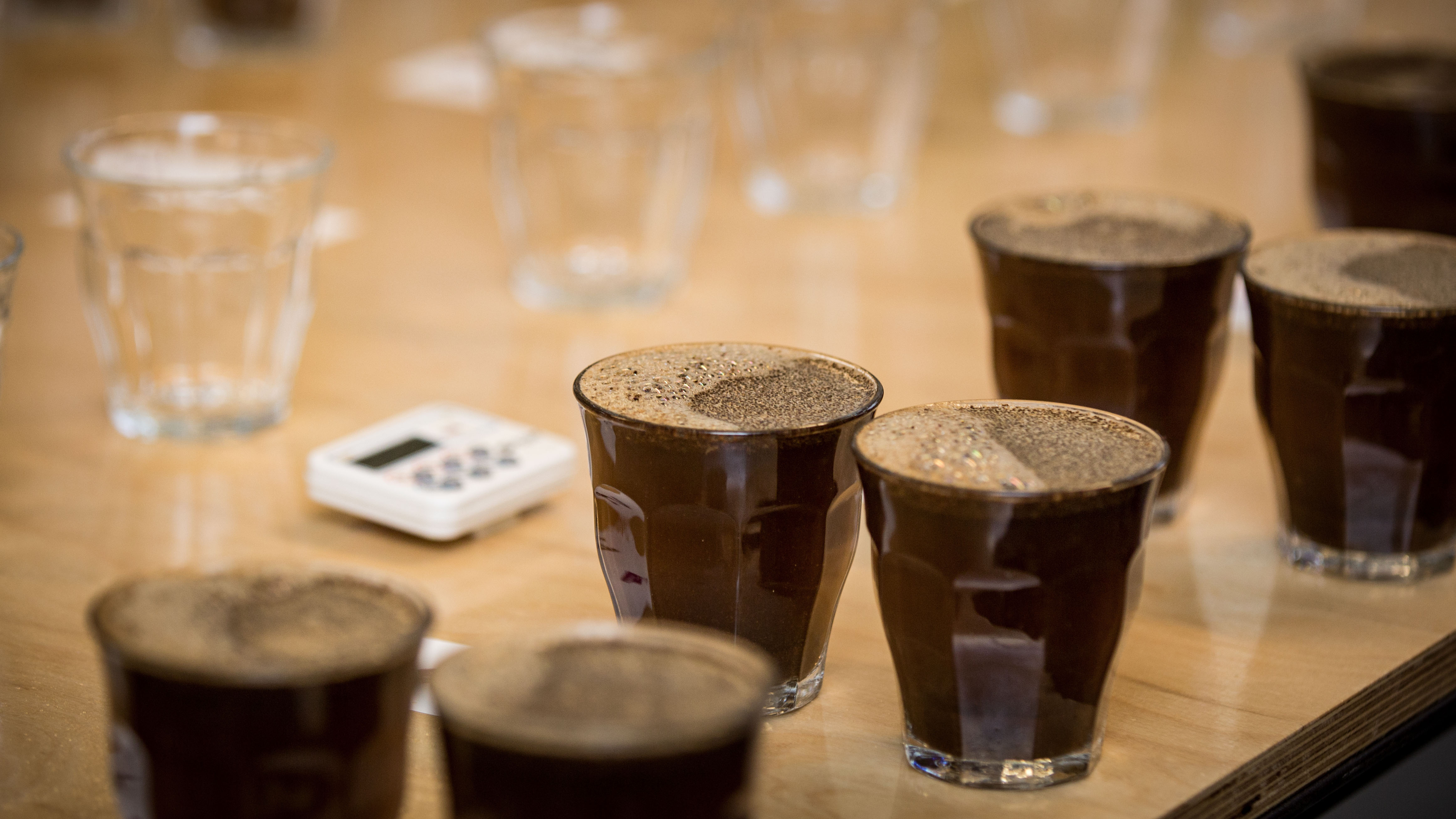Nordic Approach
Specialty
green coffeE
News & updates
Our latest headlines, offerlist updates,
& content.
Origins
Unique, high-scoring coffees offered spot from our warehouse in Belgium, or full container loads shipped directly to your destination of choice.
We work with roasters & green coffee buyers of all sizes, located in Asia, the Middle East, Europe, Africa, and the US.
Affpilot’s platform powers this site.
Key numbers
Let’s talk.
Each one of us is an expert in a different market and can help you with all of your roastery’s requirements.


What’s new?
You probably have questions. If you can't find what you're looking for here, feel free to reach out.
Yes! We are happy to offer discounts for higher volumes, for the customers who regularly buy from us. Coffee must be invoiced and dispatched in the last 12 months to count towards your volumes.
2 tonnes in 12 months: 3%
4 tonnes in 12 months: 7%
6 tonnes in 12 months: 12%.
Loyalty discounts are accessible for all coffees you buy from Nordic Approach (except for special offers), regardless of the mix of lots, origins, cupping scores, or prices.
Information regarding samples is always available and updated regularly for each coffee. You can request a sample online or via email, and we will send it to you if it is available. Please note that you can still request a sample even if labelled as unavailable. You will not receive it immediately, but it helps us know what you’re interested in so that we can send them to you when possible.
You will find all in-stock coffees as well as available preships on our offer list. Check out our NA Direct list for 30+ bags and special orders.
Check our overview at the end of this page. On our homepage, you will also find a dashboard with our latest headlines, including harvest updates.
The latest updates delivered to your inbox.
Subscribe to our newsletter for the freshest news on origins, harvests, new producers, our coffee list, and market insight.






























.jpg)



.jpg)
.jpg)



